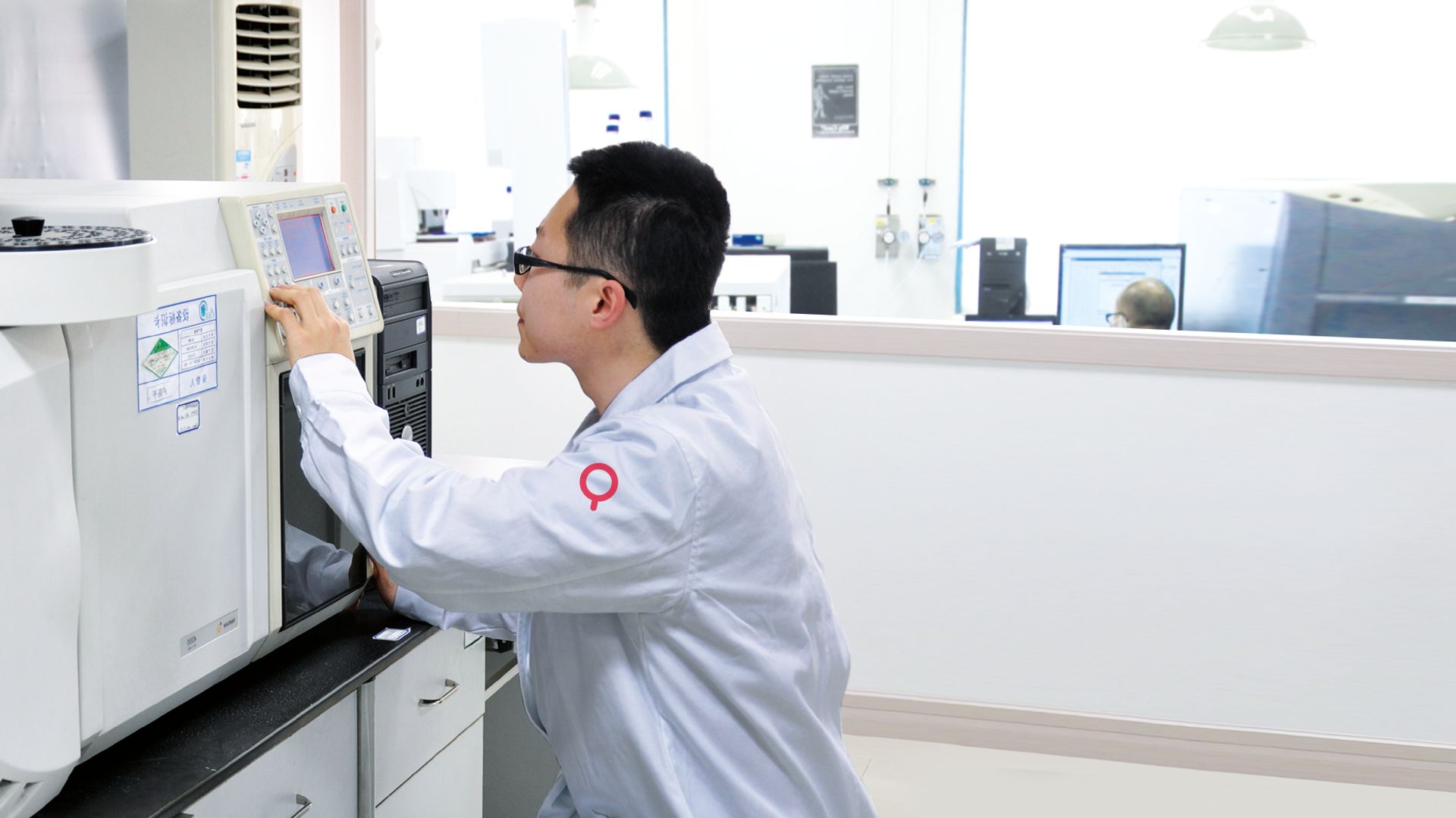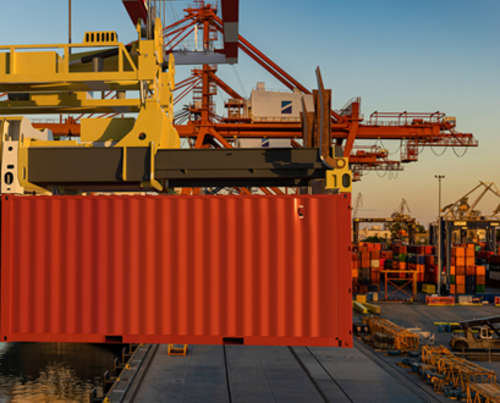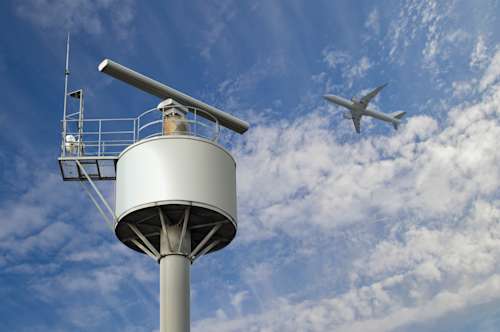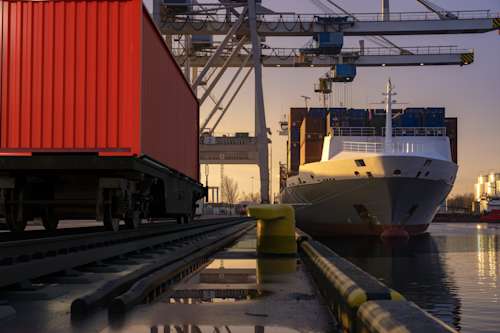RoHS Compliance
Our RoHS laboratory testing helps you prepare, implement, and comply with RoHS regulations. RoHS testing and certification allow you to place your products on the market with confidence.
RoHS (EU Directive 2002/95/EC) is a set of EU regulations that restrict the use of hazardous substances in electrical and electronic equipment. This directive bans placing on the EU market any product having an electrical/electronic component containing more than thresholds set for the following substances:
Lead
Cadmium
Mercury
Hexavalent chromium
Polybrominated biphenyl (PBB)
Polybrominated diphenyl ether (PBDE) flame retardants
Bis(2-ethylhexyl) phthalate (DEHP)
Butyl benzyl phthalate (BBP)
Dibutyl phthalate (DBP)
Diisobutyl phthalate (DIBP)
Any company that imports or sells goods containing electrical components into the European Union must be RoHS compliant.
Need more information?
By contacting QIMA you agree to our privacy policy and terms and conditions.
RoHS Compliance Testing
Manufacturers hold the responsibility of ensuring compliance with RoHS. Third-party laboratory testing ensures that all production batches are properly tested for all hazardous substances restricted by RoHS.
Our RoHS testing guarantees compliance with RoHS, allowing you to sell your products on the EU market with peace of mind. Our testing process is quick and flexible and can be integrated into your product quality control inspection.
We test random samples from your production, not a sample the factory wants you to test, to ensure unbiased results. You will receive a detailed report informing you if your product passed or failed the RoHS compliance test.
QIMA Benefits
Global coverage in over 100 countries in Asia, Africa, Europe, North and South America.
Flexibility with fully customizable programs and reports to save time and cost.
Risk-based approach with analytical data to help you proactively identify and prevent quality and safety issues in your supply chain.
Fully certified and accredited to all major inspection, audit, and testing schemes.
Custom dashboard to identify trends and make informed decisions in real time.
Personalized service with dedicated account manager and 24-hour customer support.
Ranked #1 in the industry for customer satisfaction based on independent NPS measurement.
Further Reading
Guide to RoHS
Common RoHS Concerns




